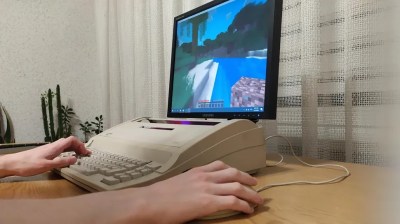The world of custom mechanical keyboards is vibrant, with new designs emerging weekly. However, keyboards are just one way we interact with computers. Ploopy, an open-source hardware company, focuses on innovative user interface devices. Recently, [Colin] from Ploopy introduced their latest creation: the Ploopy Knob, a compact and thoughtfully designed control device.

At first glance, the Ploopy Knob’s low-profile design may seem unassuming. Housed in a 3D-printed enclosure roughly the size of a large wristwatch, it contains a custom PCB powered by a USB-C connection. At its core, an RP2040 chip runs QMK firmware, enabling users to easily customize the knob’s functions.
The knob’s smooth rotation is achieved through a 6705ZZ bearing, which connects the top and bottom halves and spans nearly the device’s full width to eliminate wobble. Unlike traditional designs, the Ploopy Knob uses no mechanical encoder or potentiometer shaft. Instead, an AS5600 magnetic encoder detects movement with remarkable precision. This 12-bit rotary encoder can sense rotations as fine as 0.088 degrees, offering 4096 distinct positions for highly accurate control.
True to Ploopy’s philosophy, the Knob is fully open-source. On its GitHub Page, you’ll find everything from 3D-printed case files to RP2040 firmware, along with detailed guides for assembly and programming. This transparency empowers users to modify and build their own versions. Thanks to [Colin] for sharing this innovative device—we’re excited to see more open-source hardware from Ploopy. For those curious about other unique human-machine interfaces, check out our coverage of similar projects. Ploopy also has designs for trackballs (jump up a level on GitHub and you’ll see they have many interesting designs).

















